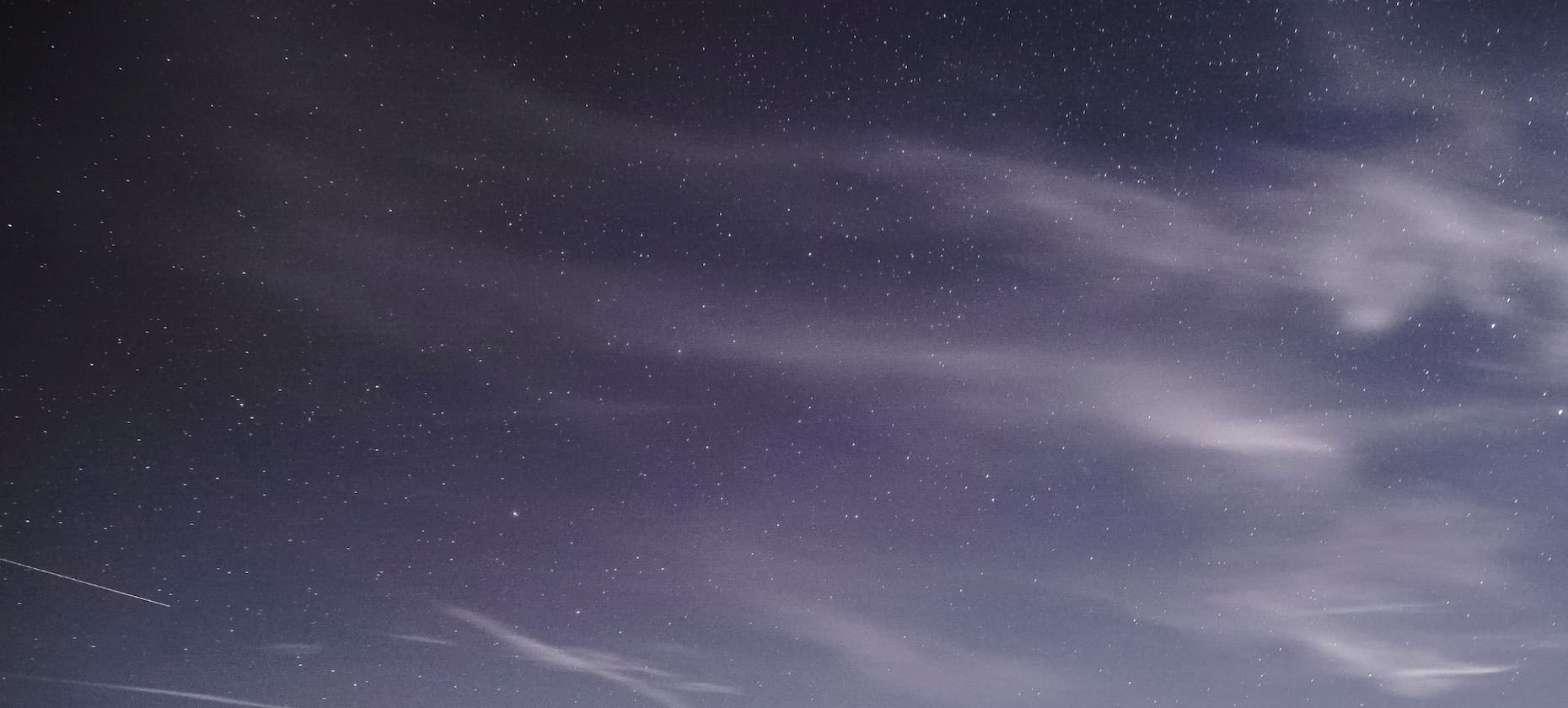Subscribe to our newsletter
The place for unfiltered climate news and Deep Sky developments.

Where Will the Next Extreme Wildfire Be?
Frequency of Extreme Fire Risk in the US has Grown 20X: Deep Sky Research
Levels of widespread extreme fire risk which used to occur once every 100 years will now occur every 5
MONTRÉAL (JUNE 12, 2024) — Deep Sky, the Canadian carbon removal project developer, has published original research on wildfire risk in the United States. A new report shares findings from Deep Sky Research and its Wildfire Risk Model on how wildfire risk is changing due to climate change. The model unveiled four key findings:
- Maximum Fire Risk Has Grown Approximately 15X Across North America
- The model shows that Extreme Fire Weather conditions previously seen once every 100 years will now happen on average every 7 years.
- Frequency of Extreme Fire Risk has Grown 20X
- The frequency of Extreme Fire Weather – exceeding the 95th percentile in that area – has grown even more sharply than severity. Levels of widespread extreme fire risk which used to occur once every 100 years will now occur every 5.
- Some Regions Face Even Faster Growing Risks
- Central Colorado and Northern New Mexico are seeing much more extreme fire weather today than in previous years, and Central California is facing staggering increases in extreme fire weather, for example.
- The Increase is Accelerating
- One startling finding from the Wildfire Risk Model is that the increases in Extreme Fire Weather are not linear. These risks are not only growing but have begun accelerating
One way to understand the increase in wildfire destruction is to look at the underlying conditions that lead to wildfires. Fire Weather Index (FWI) is a measure developed by the Canadian Forestry Service but used globally to assess fire risk. It combines temperature, humidity, wind speed, and precipitation to give a holistic view of landscape flammability.
Climate change, which directly impacts each of these inputs, is causing more frequent and more destructive wildfires. Deep Sky Research analyzed trends in fire weather across North America and found sharp increases in the probability of extreme conditions.
“Deep Sky Research uses a novel approach for predicting the impact of climate change,” said Max Dugan-Knight, Deep Sky Climate Data Scientist. “A risk assessment approach, just like the insurance industry uses, can help us predict disasters ahead of time. In the case of wildfires, an increase in frequency and severity is being driven by changes in extreme fire weather.”
Deep Sky Research developed a map to show how fire weather is changing in each county of the continental US. It shows how Extreme Fire Weather is becoming more frequent and more severe. The darker red the county, the greater the increase in fire weather. The few blue counties are actually seeing decreases in risk.
This is what climate scientists refer to as a “vicious cycle.” Climate change is causing worse fire weather conditions, which cause larger, more destructive wildfires, which cause huge carbon emissions, which themselves contribute to more climate change. If the death and destruction caused by wildfires is not reason enough to act on climate change, avoiding vicious cycles and tipping points surely is.
To read the full report, visit Where Will the Next Extreme Wildfire Be? on deepskyclimate.com/research.
###
About Deep Sky:
Montreal-based Deep Sky is the world’s first IP agnostic carbon removal project developer aiming to remove gigatons of carbon from the atmosphere and permanently store it underground. As a project developer, Deep Sky brings together the most promising direct air and ocean carbon capture companies under one roof to bring the largest supply of high quality carbon credits to the market and commercialize carbon removal and storage solutions like never before. With $75M in funding, Deep Sky is backed by world class investors including Investissement Québec, Brightspark Ventures, Whitecap Venture Partners, OMERS Ventures, BDC Climate Fund, and more. For more information, visit deepskyclimate.com.




